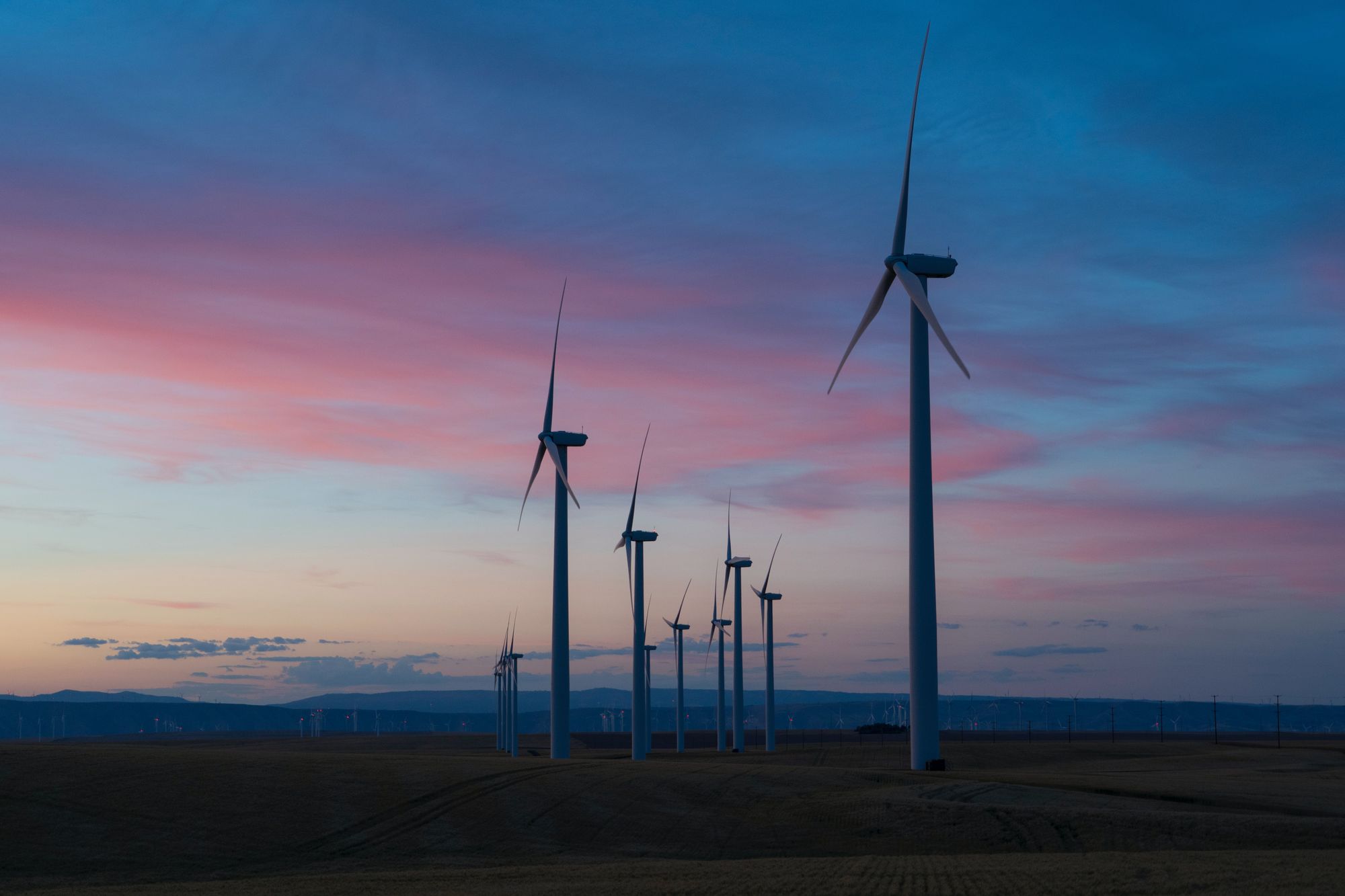Let’s Make a Green Deal
Progress is still possible even with a divided government.

Despite Joe Biden’s victory, the results of the Nov. 3rd election were decidedly mixed for Democrats. With a thin House majority and control of the Senate in doubt, dreams of sweeping legislation like the Green New Deal have little chance of becoming a reality.
Biden is a moderate, and many moderate Democrats are still in Congress. So a centrist legislative agenda was always more likely anyway. Given these political realities, Democrats should try for a more achievable “Green Deal” with Republicans.
A Green Deal could be a lighter, simpler version of the Green New Deal. It wouldn’t tackle issues around housing or health care. But it would support further development of technologies for:
- Carbon-free power generation, such as solar, wind, and geothermal
- Efficient power transmission and storage
- Replacement of vehicles and equipment that use fossil fuels with electric-powered alternatives
- Capturing and sequestering greenhouse gases
Many cynically believe progress and compromise aren’t possible in D.C., especially around climate change. But Biden’s decades of relationship building in Congress could make him effective at cutting a deal.
Yes, there are plenty of things for Democrats and Republicans to argue about here. Is climate change real and non-cyclical? Is human activity the primary driver of climate change? Should greenhouse gas emissions be taxed or capped-and-traded? Most Democrats would answer all in the affirmative, while many Republicans would disagree.
Yet, there is still room for compromise. Consider some things about the two parties:
- Democrats want to combat climate change.
- Republicans want tax cuts and deregulation whenever possible.
- Both parties want lower unemployment, higher wage growth, and less income inequality.
Given all of that, the outlines of a potential Green Deal compromise are clear:
- Federal tax cuts and reasonable deregulation should go to businesses that design, manufacture, install, and maintain technologies to combat climate change. The job creation and wage growth opportunities here are profound.
- Federal tax cuts should go to people and businesses who buy technologies that combat climate change. We should incentivize everyone to go green.
- We will need a green workforce to make all these technologies. Thus, more federal money should be spent on targeted education and research. We need more STEM grads and research grants focused on combating climate change.
- To further help green the workforce, we need more immigration visas that allow people with useful skills to come to the United States.
This Green Deal would not be “socialism.” It would create incentives for people, businesses, and educational institutions to be innovative and solve problems. It would put capitalism to work against climate change. Think of it as Climate Capitalism.
Such a compromise would allow Democrats to address climate change, allow Republicans to get tax cuts and deregulation, and allow both parties to create new jobs that pay well.
Paying for Green Deal tax cuts with spending cuts or tax increases in other areas would be politically challenging. Generally, I’m a deficit hawk. But our climate is in crisis, and our political process is broken. So if we need to engage in deficit spending to get this done, I would hold my nose and support that.
Let’s hope Biden and Congress are willing to compromise and cut something like a Green Deal.
Main blog image by Dan Meyers.